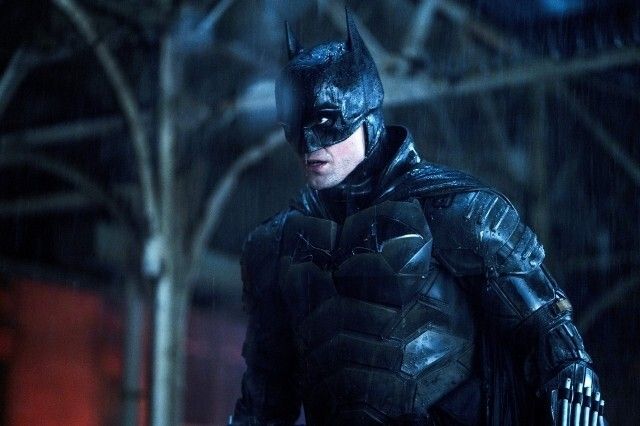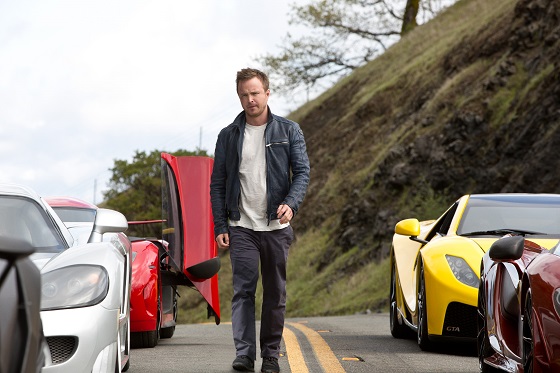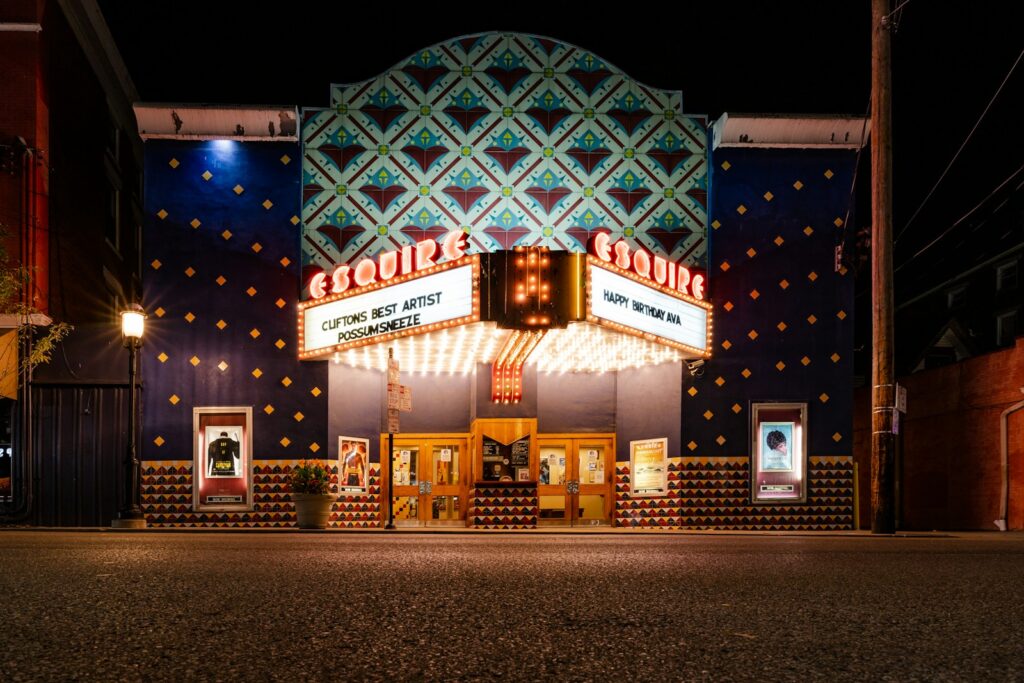
Alright, horror fanatics, let’s talk about the 1970s – a decade that wasn’t just about disco balls and questionable fashion choices, but also about a revolutionary seismic shift in the world of scary movies. Forget everything you thought you knew about horror because this era absolutely blew the genre wide open! We saw films like “The Exorcist” not only terrifying audiences but also snatching up awards recognition, while “Jaws” completely redefined what a summer blockbuster could be. It was wild, folks!
The ’70s were a real melting pot of fear, shedding the last gasps of Hammer gothic horror for something truly fresh and unsettling. We got the stylish, whodunit sleaze of Italian giallo with films like “Deep Red,” the gut-punching, raw American realism of “Texas Chainsaw Massacre,” and the gritty, no-holds-barred grindhouse experience of “Last House on the Left.” Plus, talk about a launchpad for legends! Future titans like Steven Spielberg, Ridley Scott, David Lynch, and John Carpenter all made their bones by crafting some seriously chilling cinema. It was a golden age for fear, no doubt about it!
So, if you’re ready to dial back the clock to the “Me Decade” and dive headfirst into some seriously “boo-gie nights,” you’ve come to the right place. We’re about to explore the 9 scariest horror movies the 1970s dished out, films that didn’t just give us momentary jitters but genuinely burrowed into our brains and set up shop. Get ready to scream, shiver, and maybe sleep with the lights on – let’s do this!
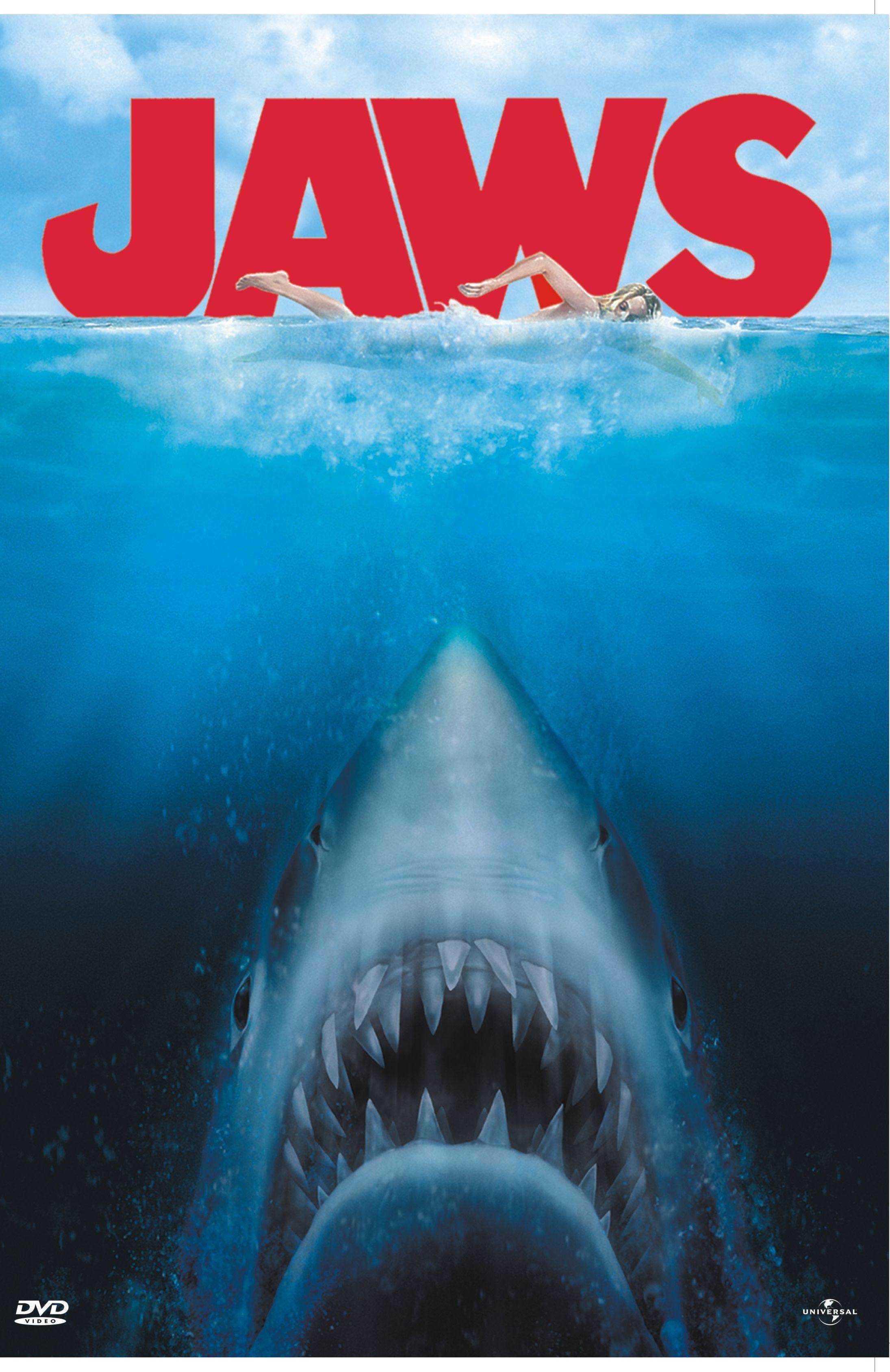
1. **Jaws (1975)**: Kicking off our absolutely terrifying lineup is the movie that made an entire generation think twice about dipping a toe in the ocean: Steven Spielberg’s 1975 aquatic nightmare, “Jaws.” This isn’t just a classic; it’s a phenomenon that boasted a staggering 97% Critics Consensus, lauded for its “compelling, well-crafted storytelling and a judicious sense of terror.” Seriously, this film didn’t just create suspense; it practically bottled fear itself and sold it by the gallon!
The setup is almost deceptively simple, yet utterly horrifying. Imagine the serene New England tourist town of Amity Island, gearing up for its bustling summer season, when suddenly, a young woman is brutally killed by a shark while skinny-dipping. This isn’t just an isolated incident; it’s the opening salvo of a relentless aquatic reign of terror. It pits a small-town police chief, Martin Brody (the fantastic Roy Scheider), against an unseen, unstoppable force of nature, turning the sun-drenched beaches into a hunting ground.
Spielberg’s genius really shines here, proving that less is often terrifyingly more. He understood that the real horror isn’t just the monster itself, but the anticipation of it. The film’s “judicious sense of terror” comes from its masterful suspense-building, hinting at the lurking danger with subtle movements, a fin slicing through the water, or that iconic, heart-pounding score. When the attacks do come, they’re explosive, visceral, and leave you gasping for air – literally and figuratively.
And let’s talk about the incredible ensemble cast, who make this horrifying situation feel incredibly real. Robert Shaw’s grizzled, cynical shark hunter, Quint, and Richard Dreyfuss’s earnest oceanographer, Matt Hooper, join Brody on a seemingly impossible quest to defeat the beast. Their clashing personalities and genuine fear create an electrifying dynamic that anchors the film, making every moment on the Orca feel incredibly high-stakes and perilous. You truly feel like you’re right there in that creaky boat with them.
“Jaws” didn’t just scare us silly; it fundamentally changed cinema. It proved that horror could be a mainstream hit, capable of delivering “modern blockbuster thrills” while still being an incredibly intelligent and artistic piece of filmmaking. Decades later, the fear of what lurks beneath the waves is still incredibly potent, all thanks to this absolute juggernaut of a movie. It’s a true testament to the power of a well-told scary story, earning its spot at the very top of the ’70s horror pantheon.
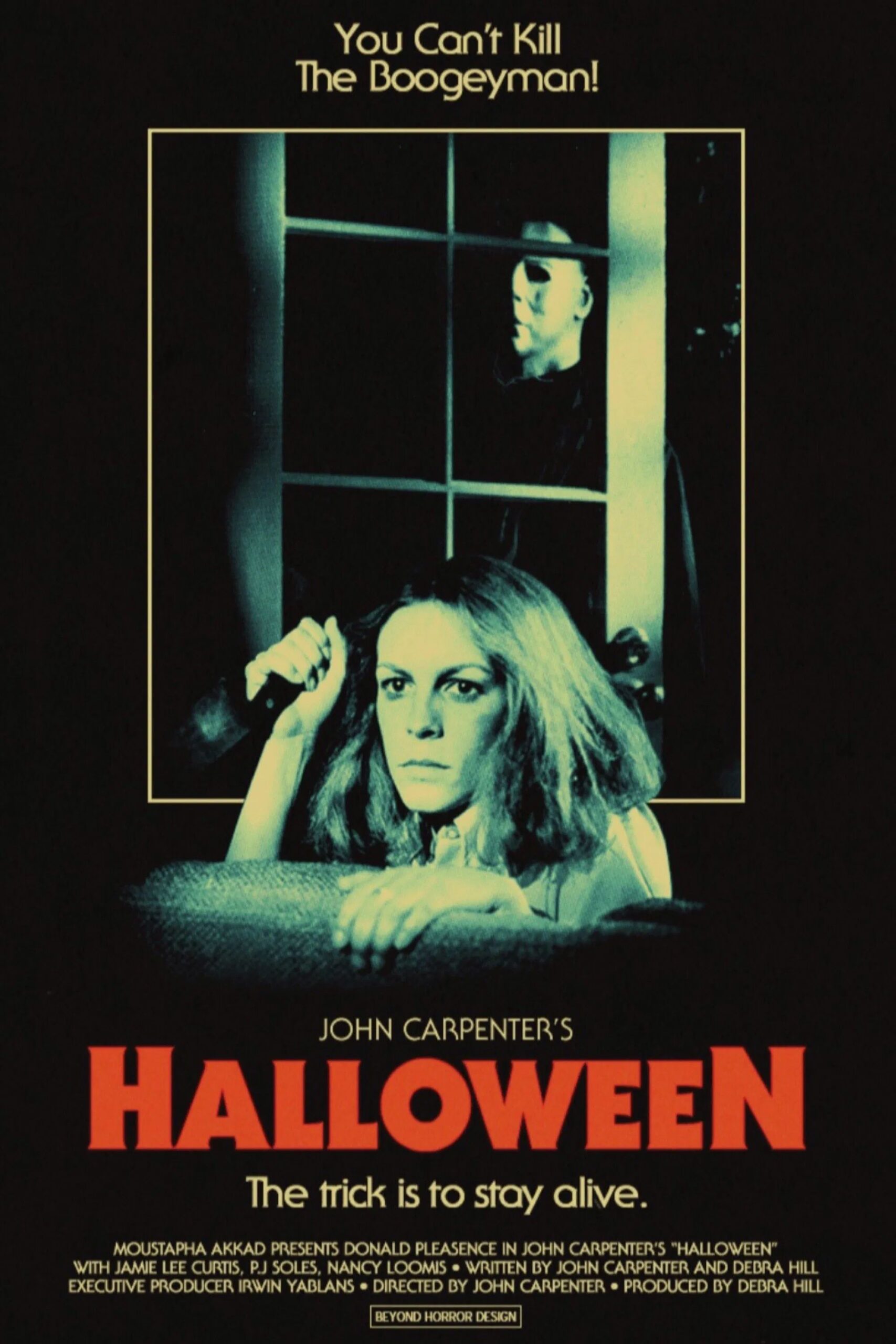
2. **Halloween (1978)**: If you want to talk about films that truly redefined horror, then you absolutely have to bring up John Carpenter’s 1978 seminal classic, “Halloween.” With a rock-solid 97% Critics Consensus, this movie is celebrated for being “scary, suspenseful, and viscerally thrilling,” and it’s no exaggeration to say it “set the standard for modern horror films.” Seriously, this is where the slasher genre got its iconic, terrifying playbook.
The sheer, chilling simplicity of “Halloween’s” premise is what makes it so unnervingly effective. It all begins on a cold Halloween night way back in 1963, when a seemingly ordinary six-year-old boy, Michael Myers, commits an unspeakable act, brutally murdering his 17-year-old sister, Judith. Fast forward fifteen years, and on the eve of another Halloween, he makes his escape from a mental institution, a silent, implacable force headed straight back to his hometown of Haddonfield, Illinois, with one thing on his mind: pure, unadulterated terror. He’s coming for babysitter Laurie Strode and her friends, and absolutely nothing will stand in his way.
Carpenter’s genius here lies in how he crafts terror from the mundane, transforming a quiet suburban street into a landscape of dread. Michael Myers isn’t some ghoulish creature with supernatural powers; he’s often just a shadowy figure, a silent stalker, whose presence is felt long before he’s seen. The film leans heavily into psychological suspense, building an almost unbearable tension through clever camerawork and a minimalist, yet instantly recognizable, synth score that is as much a character as any of the actors. It’s truly a masterclass in how to scare people without relying on excessive gore.
The performances are just as iconic as the filmmaking itself. Donald Pleasence gives us the unforgettable Dr. Loomis, Michael’s former psychiatrist, who tirelessly, almost obsessively, tries to warn everyone that “the boogeyman” has returned, often to disbelieving ears. But it’s Jamie Lee Curtis, in her sensational debut, who absolutely steals the show as Laurie Strode. She is the ultimate “final girl,” vulnerable yet resilient, embodying the pure terror and fierce will to survive that would become a hallmark of the genre. Her struggles against Myers are truly gripping.
“Halloween” didn’t just invent a new kind of boogeyman; it established a template for countless horror films to come, yet few have ever matched its raw power. Its chilling atmosphere, the relentless nature of its villain, and the clever, almost primal fear it evokes have solidified its status as a timeless horror masterpiece. It’s a film that proves you don’t need elaborate special effects to create something truly horrifying – sometimes, all you need is a white mask, a kitchen knife, and an unwavering commitment to terror. This movie is still giving us chills, all these decades later!

3. **Suspiria (1977)**: Get ready for a kaleidoscopic nightmare that’s as beautiful as it is utterly disturbing, because next on our list is Dario Argento’s jaw-dropping 1977 Italian giallo sensation, “Suspiria.” Holding a strong 94% Critics Consensus, this film isn’t just good; it’s a “giallo horror as grandiose and glossy as it is gory,” immersing you in a world of vibrant color, unsettling sounds, and pure, unadulterated dread. Trust us, your senses are about to get a serious workout.
The story kicks off with Suzy (Jessica Harper), a young American ballet student, embarking on a new adventure at a prestigious dance academy nestled in the dark, mysterious heart of Germany. But from the moment her plane touches down on a thunderous, stormy night, something feels profoundly off. Another student has just vanished without a trace, and the academy itself seems to hum with a strange, malevolent energy. The sense of foreboding is thick enough to cut with a knife, drawing you deeper into a bizarre and unsettling environment.
Argento’s direction is nothing short of revolutionary, turning the screen into a canvas of fear. “Suspiria” is famously known for its absolutely iconic, hyper-stylized color palette, drenched in lurid reds, deep blues, and shocking greens that create an almost hallucinatory, dreamlike state. This isn’t just aesthetic; it’s a deliberate choice to disorient and overwhelm the viewer, making the creeping horror feel even more surreal and inescapable. Every frame is a work of art, but an art piece designed to make your skin crawl.
As Suzy tries to settle into her new surroundings, she begins to uncover the sinister secrets hidden within the academy’s ancient walls. Whispers of witchcraft, dark rituals, and a terrifyingly old evil emerge, turning her dream of becoming a ballerina into a desperate fight for survival. The film’s audacious blend of high art, brutal violence, and the supernatural creates a horror experience unlike anything else, proving that visual splendor can be just as terrifying as any monster. It’s an immersive, unnerving journey into a world gone deliciously wrong.
The Critics Consensus accurately points out that “the blood pours freely in Argento’s classic Suspiria,” but the true horror isn’t just in the gore; it’s in the pervasive sense of malevolence, the overwhelming atmosphere, and the unsettling musical score by Goblin that practically pulsates with dread. “Suspiria” is a masterpiece of sensory horror, a film that doesn’t just tell you a scary story but makes you feel it in your bones, leaving an indelible, vibrant, and utterly terrifying impression long after the credits roll. It’s a wild, glorious, and deeply scary ride into the unknown.
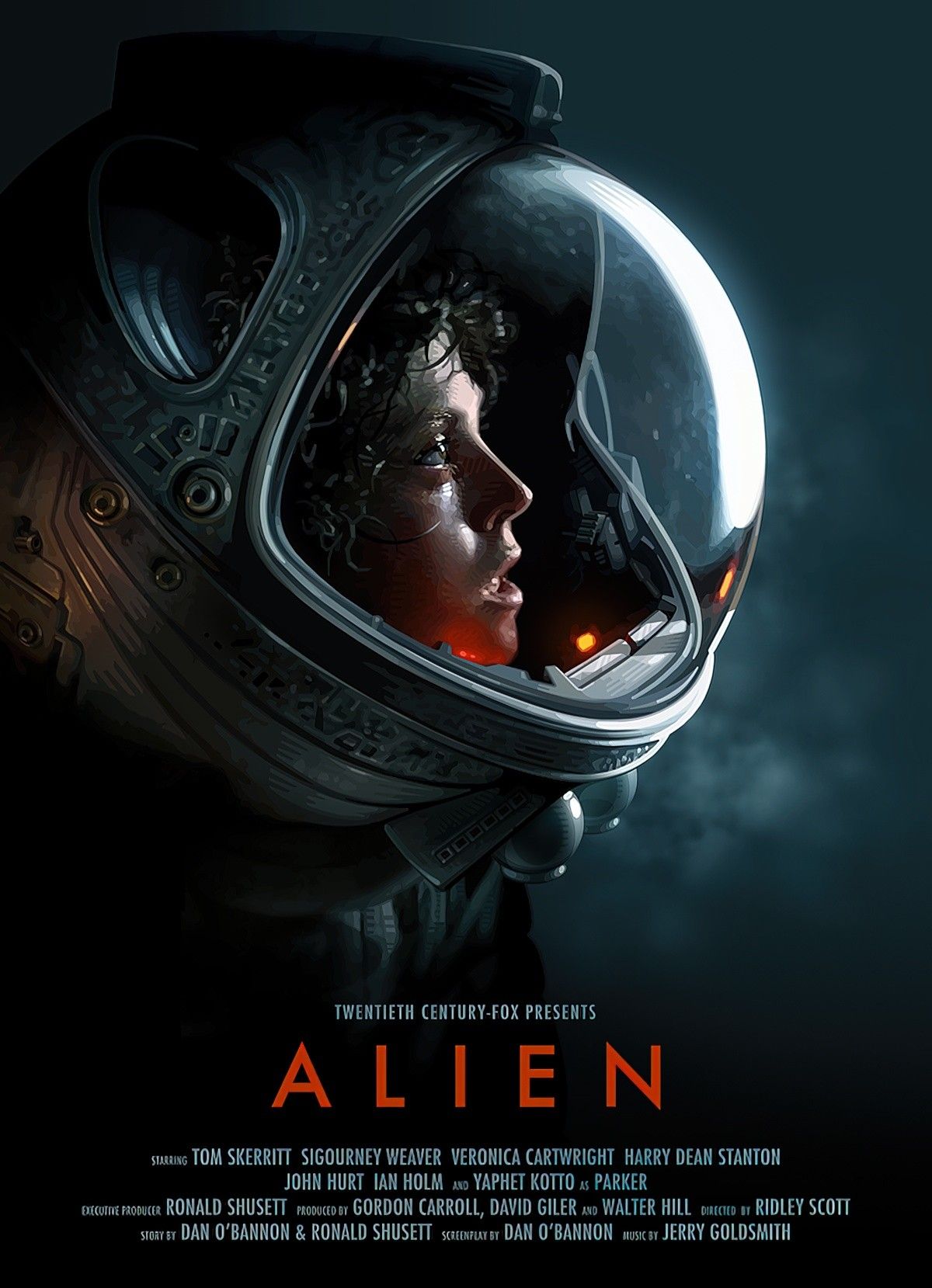
4. **Alien (1979)**: Prepare to journey to the darkest corners of space, where the silence is as terrifying as the screams, with Ridley Scott’s groundbreaking 1979 sci-fi horror epic, “Alien.” This film isn’t just a beloved movie; it’s a “modern classic” that commanded a stunning 93% Critics Consensus, praised for how it “blends science fiction, horror and bleak poetry into a seamless whole.” If you thought space was safe, think again – this movie will prove you very, very wrong.
Our chilling tale begins aboard the commercial starship Nostromo, where a seven-person crew, including the legendary Ellen Ripley, are rudely awakened from their cryo-sleep. They’re halfway through their routine journey when an unexpected distress signal from a desolate, uncharted planet pulls them off course. What starts as a seemingly standard investigation quickly morphs into a desperate, claustrophobic fight for survival against an unknown entity. The isolation of deep space has never felt so utterly terrifying.
Ridley Scott is a master of atmosphere, and in “Alien,” he crafts an environment of relentless, suffocating dread. The titular alien, an absolute masterpiece of biomechanical horror designed by the brilliant H.R. Giger, is not just a monster; it’s a perfect organism of destruction, evolving and adapting with each horrifying stage. The film builds tension with an almost unbearable slowness, utilizing suspenseful silences and the creeping fear of the unseen, only to explode into moments of truly visceral, stomach-churning horror that will have you jumping out of your seat.
At the heart of this terrifying saga is Sigourney Weaver’s groundbreaking performance as Ellen Ripley. She wasn’t just a victim; she was a smart, strong, and incredibly resourceful protagonist who shattered genre stereotypes and became an enduring icon of resilience. The entire cast, including Tom Skerritt, John Hurt, and Veronica Cartwright, deliver incredibly nuanced performances, making their desperate struggle against the creature feel incredibly real and amplifying the audience’s sense of vulnerability and impending doom.
“Alien” wasn’t just a hit; it completely revolutionized both science fiction and horror cinema, proving that these genres could be intellectually stimulating, artistically profound, and utterly terrifying all at once. Its unforgettable monster, groundbreaking special effects, and its iconic heroine have cemented its place as one of the most influential and genuinely scary films ever made. It’s a stark, brutal reminder that in the vast, cold expanse of space, some horrors are truly beyond human comprehension – and indeed, no one can hear you scream.

5. **Young Frankenstein (1974)**: Okay, so you might be thinking, “BuzzFeed, a comedy on a list of SCARIEST movies?” And to that, we say: absolutely! Mel Brooks’ 1974 masterpiece, “Young Frankenstein,” is here because it’s a brilliant, loving, and riotously funny spoof that perfectly dissects the classic horror genre, making us laugh while still deeply appreciating the terror it’s mocking. It snagged a fantastic 95% Critics Consensus, with everyone agreeing it’s “made with obvious affection for the original” and features “a fantastic performance by Gene Wilder.” It takes real genius to be this scary *good* without a single jump scare!
Gene Wilder is absolutely iconic as Dr. Frederick Frankenstein, the respected medical lecturer who wants nothing to do with his infamous grandfather’s mad legacy. But, as fate (and hilarious plot devices) would have it, he inherits the family estate in Transylvania, and suddenly, he’s pulled into the world of reanimated corpses, hunchbacked assistants, and the most wonderfully bizarre castle staff you could imagine. The commitment to the classic Universal monster movie aesthetic, shot in glorious black and white, is just *chef’s kiss*.
What makes “Young Frankenstein” so brilliant is its meticulous attention to detail. Every single joke, every visual gag, every line of dialogue is a nod to the horror films that came before it. It’s not just a parody; it’s a love letter, showing immense respect for the source material while twisting it into something utterly hysterical. The cast, I mean, come on! Peter Boyle as the Monster, Marty Feldman as Igor, Cloris Leachman as Frau Blücher (cue horse whinnies!) – they all deliver performances that are so committed, they elevate the comedy to an art form.
This film proves that sometimes, the scariest thing isn’t a monster under your bed, but the idea of accidentally creating one with a slightly mismatched brain. It’s a film that demands repeat viewings, not just for the laughs (and there are so, so many), but also for the sheer cleverness of its writing and direction. It’s a hilarious deconstruction of horror tropes that paradoxically makes you appreciate the originals even more. If you haven’t seen it, you are missing out on a truly transcendent cinematic experience – it’s a horror education wrapped in a giant comedic bow.
So, while it won’t give you nightmares in the traditional sense, “Young Frankenstein” haunts you with its unforgettable gags and brilliant performances. It’s a prime example of how the ’70s horror scene wasn’t just about pure fright but also about exploring the genre’s boundaries and even poking fun at its conventions. It’s a must-watch for any horror fan, proving that laughter and chills can absolutely go hand-in-hand, creating a legacy that’s as enduring as any straight-up terrifying flick.

6. **Nosferatu the Vampyre (1979)**: Alright, buckle up, because we’re taking a deep, atmospheric dive into pure, unsettling dread with Werner Herzog’s 1979 remake, “Nosferatu the Vampyre.” This isn’t your sparkly, romantic vampire flick, folks. With a phenomenal 94% Critics Consensus, this film is lauded for “stunning visuals” and an “intense portrayal of the famed bloodsucker from Klaus Kinski,” solidifying its place as a “horror classic in its own right.” Seriously, it’s a masterclass in gothic horror that will creep right into your soul.
The story, a haunting re-imagining of the classic Dracula tale, sees poor Jonathan Harker sent off to the remote, foreboding castle of Count Dracula to seal a real estate deal. But what he finds there is far from a typical client. Klaus Kinski’s portrayal of the vampiric Count is something else entirely – gaunt, otherworldly, and deeply melancholic. He’s not just a monster; he’s a figure of profound loneliness and ancient evil, and his presence casts a chilling pall over every scene he’s in. You can practically feel the cold, suffocating despair emanating from the screen.
Herzog’s direction is absolutely breathtaking, transforming every frame into a work of dark art. The “stunning visuals” aren’t just pretty; they are integral to building the film’s oppressive atmosphere. From the mist-shrouded landscapes of Transylvania to the plague-ridden streets of Virna, the cinematography creates a pervasive sense of doom. This film uses light and shadow like a painter, making the silence and the slow, deliberate pacing even more terrifying. It’s a true feast for the eyes, if your eyes enjoy being slowly enveloped in dread.
Klaus Kinski as Nosferatu is just… unforgettable. His performance isn’t about grand gestures or jump scares; it’s about the quiet intensity, the piercing gaze, the grotesque beauty of eternal suffering. He embodies the profound tragedy of the vampire, a creature cursed with immortality, bringing a level of psychological depth rarely seen in horror. Isabelle Adjani as Lucy Harker also delivers a powerful, almost ethereal performance, trying to combat an evil that seems to defy all logic and hope. Their interactions are loaded with an almost unbearable tension.
“Nosferatu the Vampyre” is a horror film that works on a deeply psychological level, burrowing under your skin with its pervasive atmosphere and tragic villain. It’s a reminder that true horror isn’t always about what jumps out at you, but what slowly, inevitably consumes you. This film is a testament to the power of art house horror, proving that a thoughtful, visually stunning approach can be just as, if not more, terrifying than any gore-fest. It’s an essential watch for anyone who appreciates the more elegant, yet utterly soul-chilling, side of the genre.
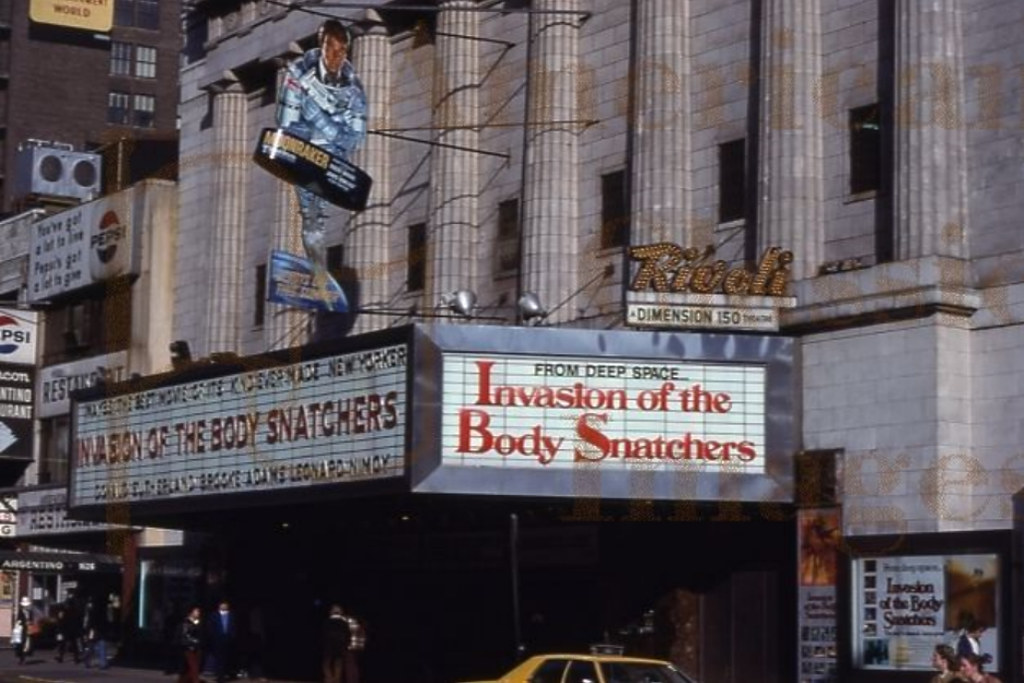
7. **Invasion of the Body Snatchers (1978)**: Ever had that creepy feeling that someone you know just isn’t… themselves? Like, totally not themselves? Well, get ready for that feeling to multiply by a million with Philip Kaufman’s utterly chilling 1978 remake of “Invasion of the Body Snatchers”! This sci-fi horror masterpiece scored an impressive 93% Critics Consensus, being praised for its “gritty camerawork and evocative sound effects,” making it a “powerful remake that expands upon themes and ideas only lightly explored in the original.” It’s pure, unadulterated paranoia fuel, and it’s fantastic.
Set in the bustling, seemingly normal city of San Francisco, the film centers on Matthew Bennell (the always incredible Donald Sutherland), a health inspector who starts noticing unsettling changes around him. Friends, colleagues, even random strangers — they seem subtly off, devoid of emotion, and alarmingly similar to others. What’s going on? It turns out, an alien invasion is quietly underway, with human beings being replaced by emotionless, perfect duplicates, grown from mysterious pods. The insidious nature of this threat is what makes it so terrifying – it’s not loud explosions, it’s a silent, creeping dread.
Kaufman’s direction brilliantly amps up the tension, utilizing “gritty camerawork” that makes the city feel simultaneously familiar and deeply alien. The “evocative sound effects” are a character in themselves, making every rustle, every faint murmur, every *squish* of a pod hatching sound utterly horrifying. The fear isn’t just about being replaced; it’s about the loss of individuality, the chilling realization that the people you love can become imposters overnight, and you might be next. It’s a psychological assault that leaves you questioning everyone you see.
The cast absolutely sells the escalating terror. Donald Sutherland’s descent into paranoid desperation is truly gripping, and he’s supported by a stellar ensemble including Brooke Adams, Leonard Nimoy, and Veronica Cartwright (who, let’s be real, has a talent for being in iconic horror/sci-fi films!). The film effectively uses the anonymity of a big city to highlight the isolation of its protagonists, making their struggle against an invisible enemy feel incredibly hopeless and claustrophobic. You’ll be on the edge of your seat, just waiting for the next pod person to reveal themselves.
“Invasion of the Body Snatchers” isn’t just a great horror film; it’s a powerful allegory for conformity, social alienation, and the fear of losing what makes us human. It perfectly captured the anxieties of the late ’70s, and its themes are still incredibly relevant today. The ending? Oh, the ending is one of *those* endings that will stick with you, giving you chills every time you think about it. If you want a horror movie that’ll make you double-take at your neighbor, this one’s a winner!
And there you have it, folks – our terrifying trek through the 1970s horror landscape comes to a chilling close! From the groundbreaking blockbusters that made us fear the water, to the psychological deep dives that messed with our minds, and the foundational slashers that redefined terror for generations, the “Me Decade” truly was a golden age for fear. These films didn’t just scare us; they challenged us, entertained us, and proved that horror could be both profoundly artistic and utterly visceral. So grab your popcorn, maybe a security blanket, and re-experience these classics that still hold up, still give us goosebumps, and still remind us why we love to be scared. Happy screaming!


